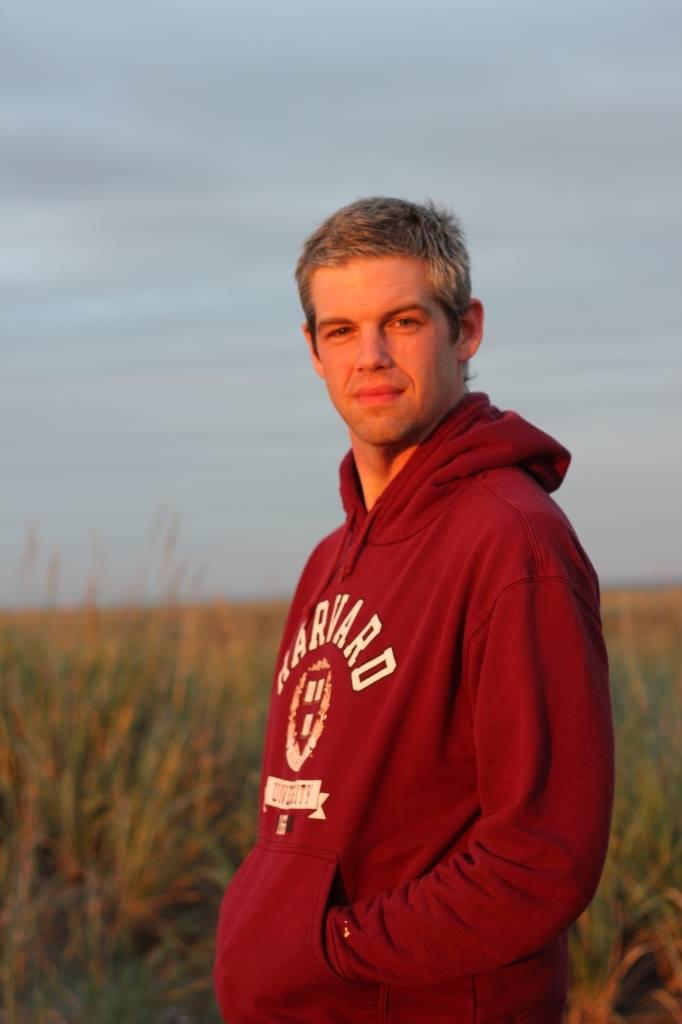Degree: Astrophysics PhD
Current Job: Research Computing Associate at Harvard's Institute for Theory and Computation
Why Physics?
"I've always loved outer space and the stars, and I wanted to be an astronaut," says Paul. In high school, he discovered he had a knack and love for physics, and knew that to be an astronaut you needed a PhD so off he went to study physics in college.
During his undergraduate years at the University of Washington, Paul took some time to walk around the physics department, asking researchers there what they were studying. Eventually, he discovered the cosmic ray astrophysics group, who ran a local cosmic ray airshower detector in high schools. Paul joined this group and got his first taste of not only serious research, but also of educating the public on the wider world of high energy physics.
From Experiment to Theory
Paul selected the University of Minnesota for his graduate work, as they offered a degree in astrophysics, and he had become interested in the origins of the cosmic rays he detected as an undergrad. Paul found the astronomy department to be very tight knit, with a great graduate student culture and faculty. After taking several classes, he fell in with Professor Tom Jones and his group doing numerical work on particle acceleration in various astrophysical environments. "I had done the observational end of cosmic ray astrophysics, but now I was on the theoretical end," says Paul.
Doing this work allowed Paul to use the supercomputing assests at the Minnesota Supercomputing Institute, and gave him exposure to the world of high performance computing (HPC). "I found that I really enjoyed using the largest machines in the world to simulate the largest explosions in the universe, which accelerate the fastest particles we know of, faster than any accelerator on earth," he says.
Turning Supercomputing into a Career
After graduation, Paul accepted a postdoc position at the University of Manitoba working for Samar Safi-Harb. She did work on Pulsar Wind Nebulae and wanted to do simulations of her observations. After a year there, Paul found a listing on the American Astronomical Society job board for a job at Harvard acting as liason between the Institute for Theory and Computation at the Center for Astrophysics, and Faculty of Arts and Sciences Research Computing. Paul thought the job description fit him perfectly, so he applied and was hired as professional staff.
Now, Paul helps run the Cannon supercomputing cluster at Harvard. His PhD in astrophysics has helped him be successful in his current career. "While I don't do day to day work as an astronomer anymore, the knowledge I gained in my PhD work has allowed me to think at multiple scales as well as understand what the astronomers at the CfA are trying to accomplish," he says. It's also given him an appreciation for the power of high performance computing, and a delight to watch other researchers from outside of astronomy use the supercomputer in ways he never imagined.
But what about his dream of becoming an astronaut? "Turns out I did a little too much growing and am too tall," Paul says. "That doesn't dampen my thirst to explore the great beyond, just means I get to support and watch from the sidelines as the brave men and women of the astronaut corps reach for the stars."
